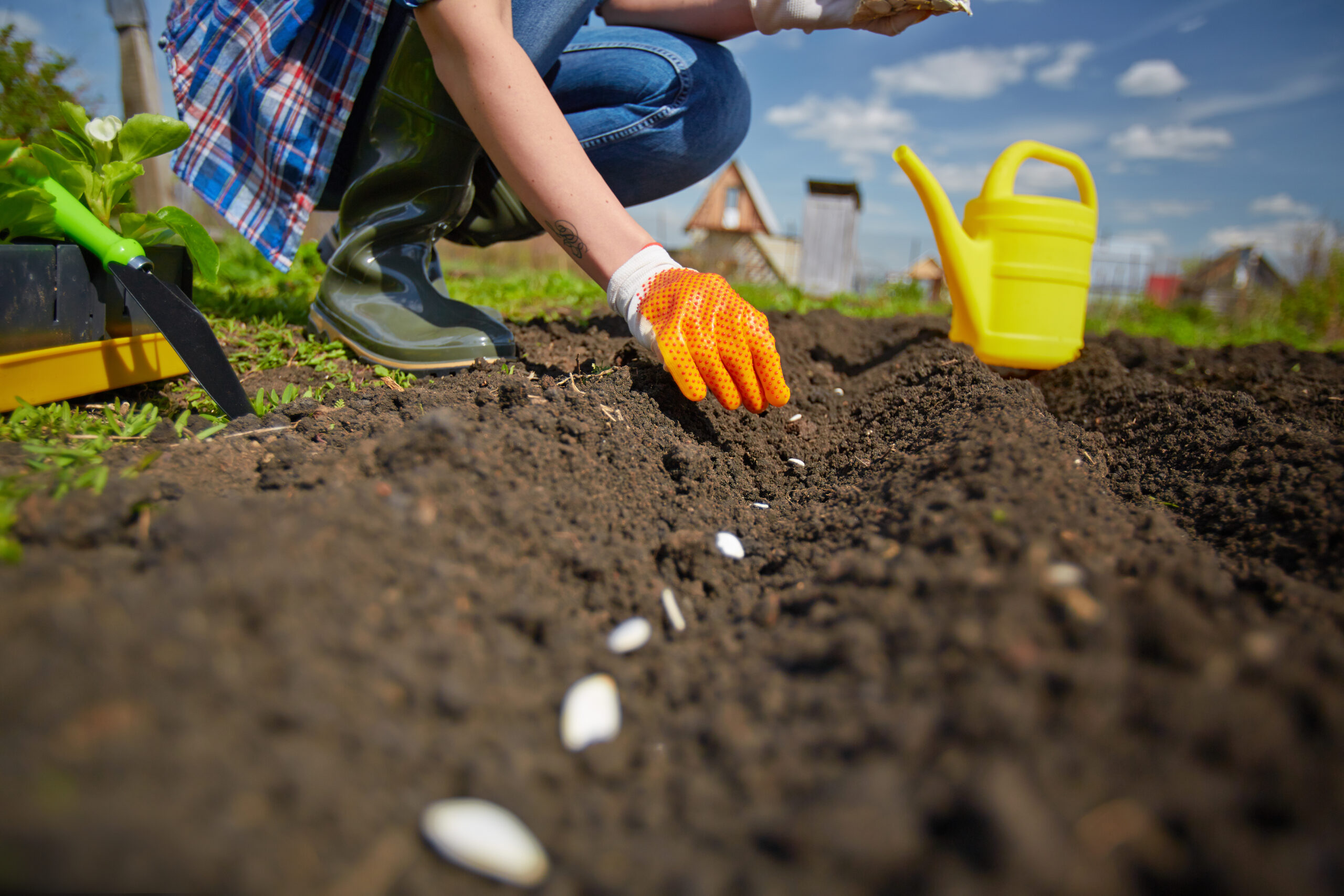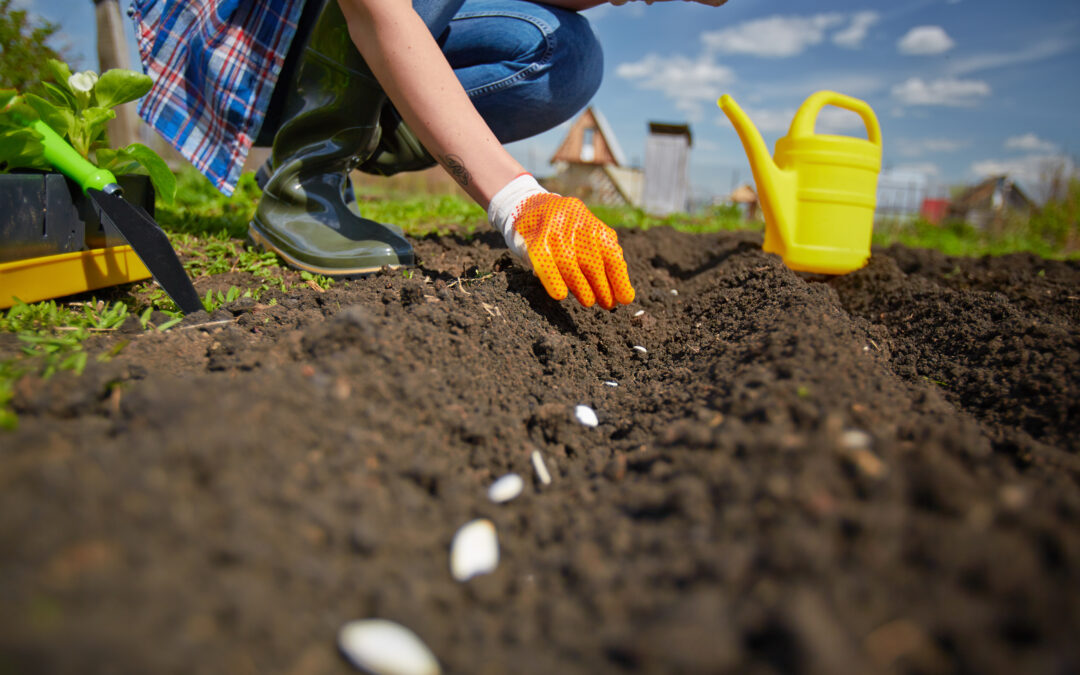Welcome to the world of home farming! Growing your own vegetables can be a rewarding and satisfying experience. In this guide, we will take you through the steps required to grow your own vegetables from seed to harvest.
Introduction to Home Farming
Home farming is becoming increasingly popular as people look for ways to live sustainably and reduce their carbon footprint. By growing your own vegetables, you can enjoy fresh produce that is free from pesticides and other chemicals. Additionally, home farming can help you save money on groceries and provide you with a sense of accomplishment.
Choosing the Right Vegetables to Grow
The first step in home farming is choosing the right vegetables to grow. Consider which vegetables you like to eat and research which ones are easiest to grow at home. Some good options include tomatoes, lettuce, spinach, radishes, and green beans.
Preparing the Soil and Planting Seeds
Once you have chosen your vegetables, it’s time to prepare the soil. Remove any weeds or debris from the area where you plan to plant your seeds. Add compost and other organic matter to enrich the soil. You can also use a tiller to loosen up the soil before planting.

Next, plant your seeds according to the instructions on the packet. Be sure to give each seed enough space to grow and thrive. Water your plants regularly but don’t overwater them, as this can lead to root rot.
Caring for Your Plants Throughout the Season
As your plants begin to grow, you will need to care for them throughout the season. This includes watering, fertilizing, and pruning. Make sure to keep an eye out for pests and diseases, and take appropriate action if necessary.
Harvesting Your Homegrown Vegetables
After several weeks or months (depending on the type of vegetable), it will be time to harvest your crop. Harvest when the vegetables are fully matured but still young enough to be tender. Use clean tools and containers to prevent contamination.
Preserving Your Harvest for Future Use
Finally, once you have harvested your crops, consider preserving some of them for future use. Freezing, canning, and pickling are all great methods for preserving your homegrown vegetables.
In conclusion, home farming can be a fun and rewarding experience. With these tips, you should be well on your way to growing your own delicious vegetables from seed to harvest. Happy farming!





